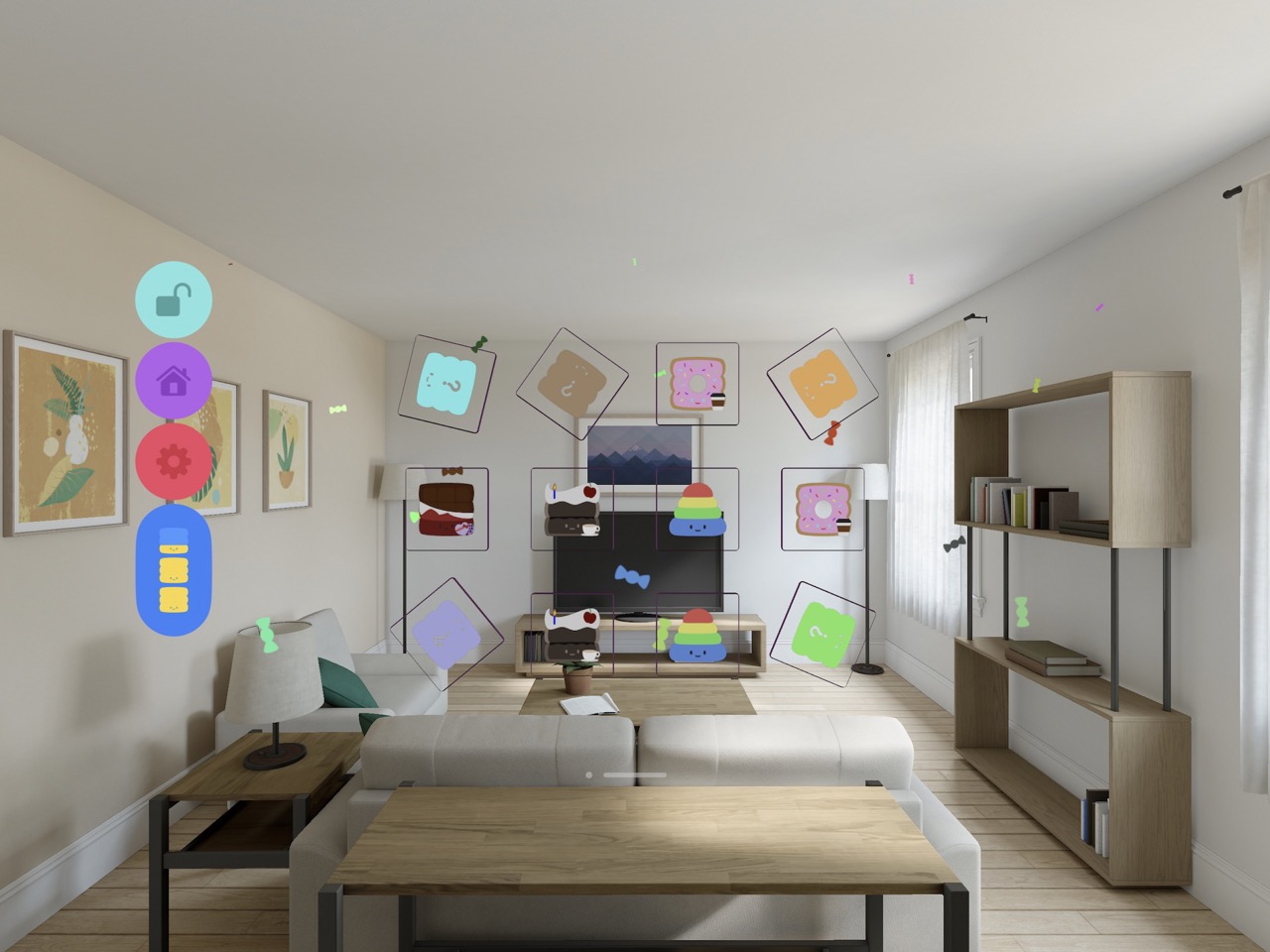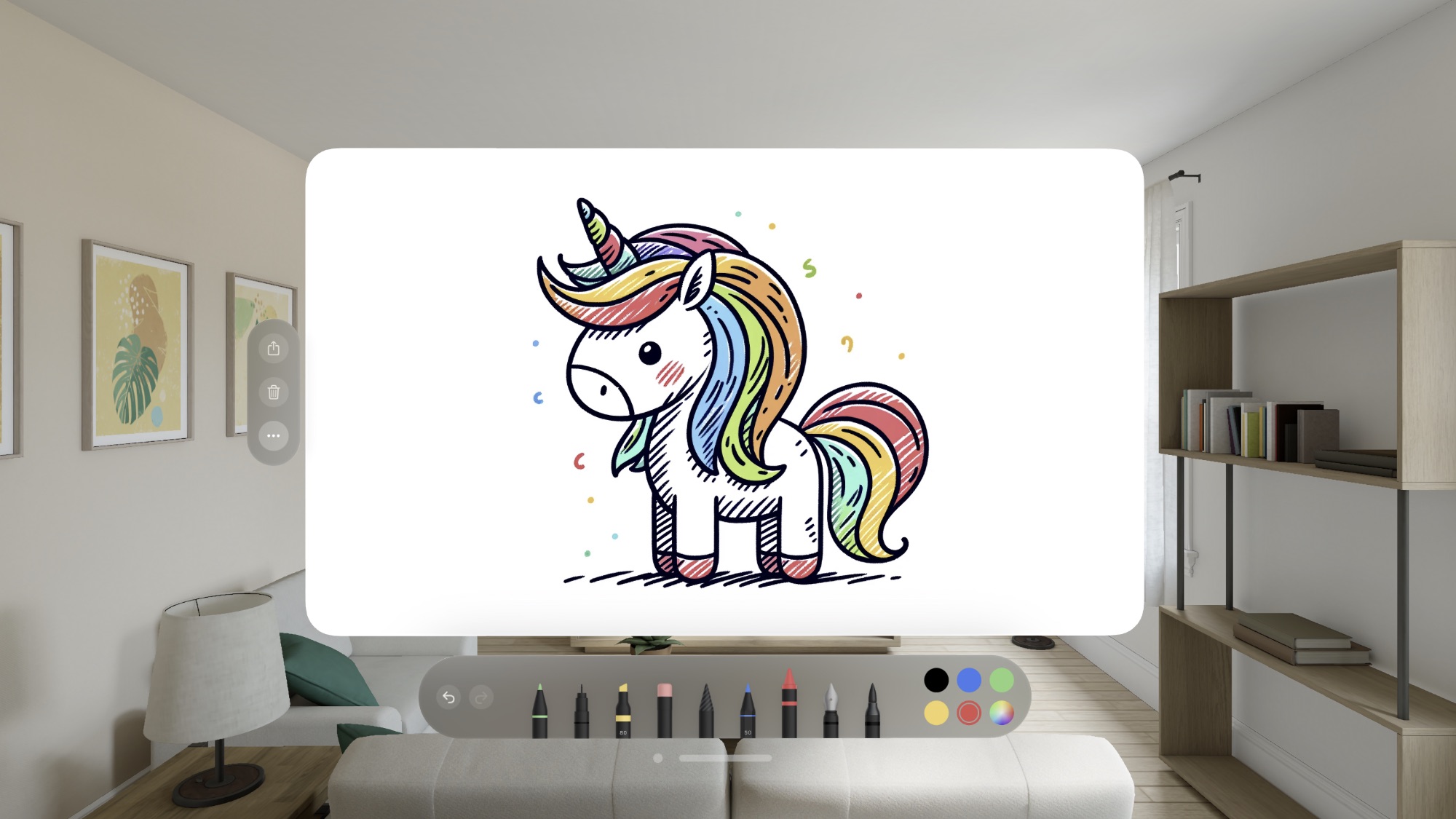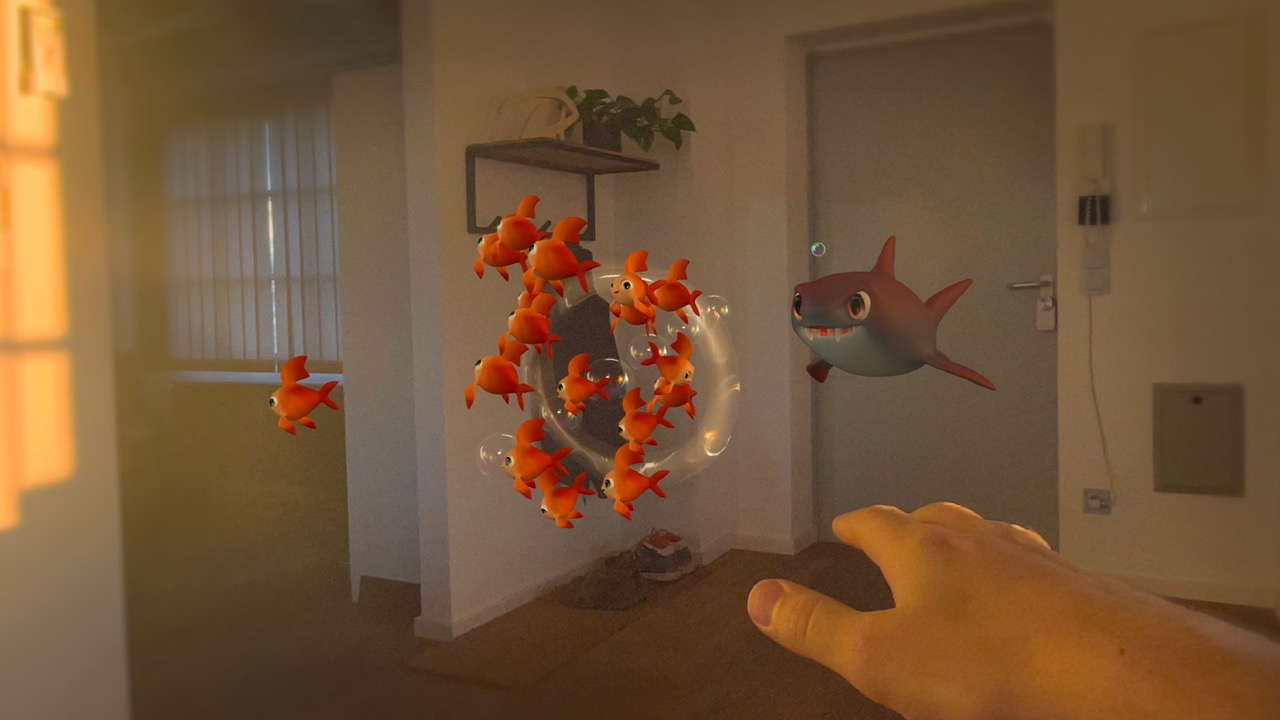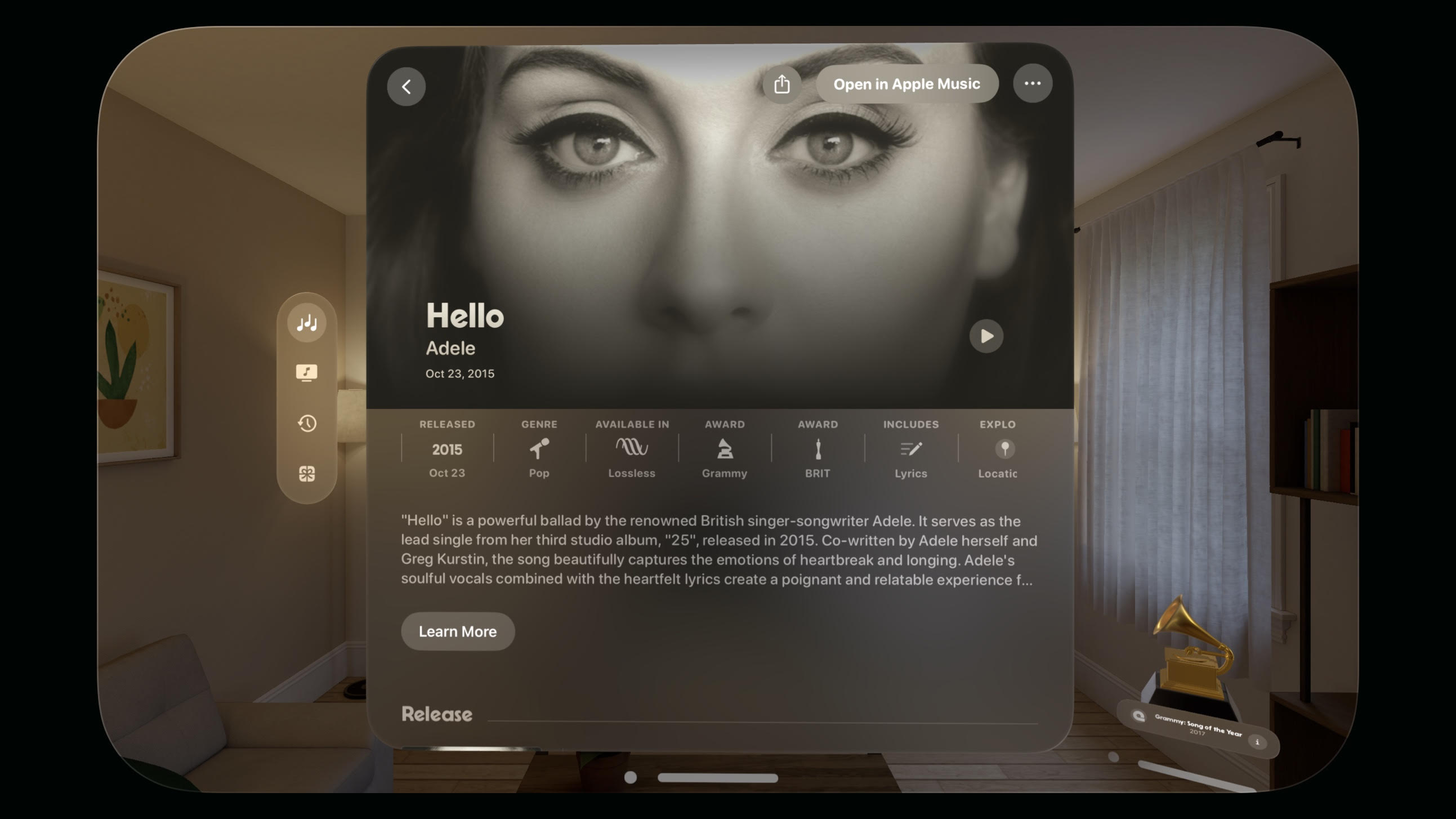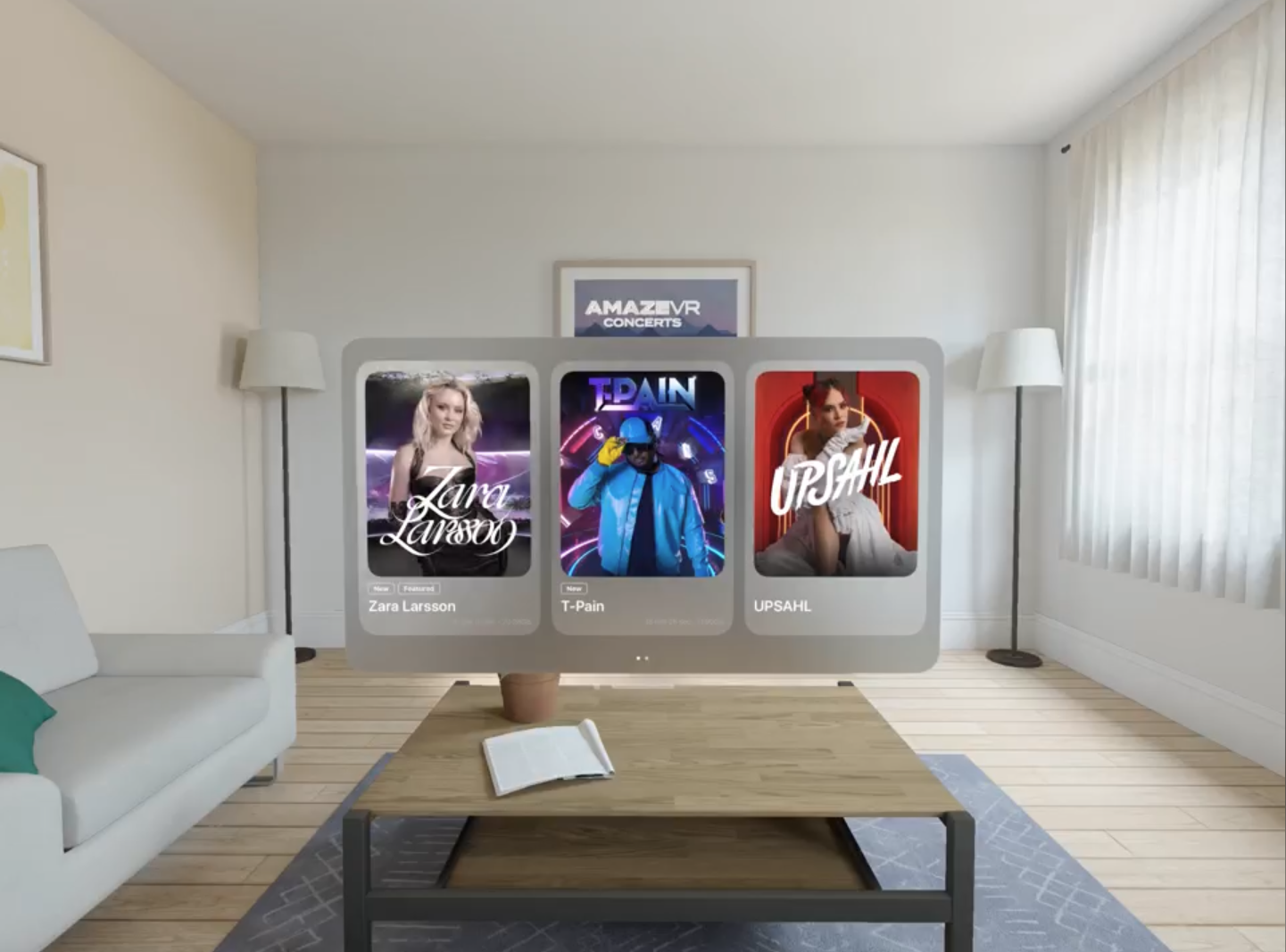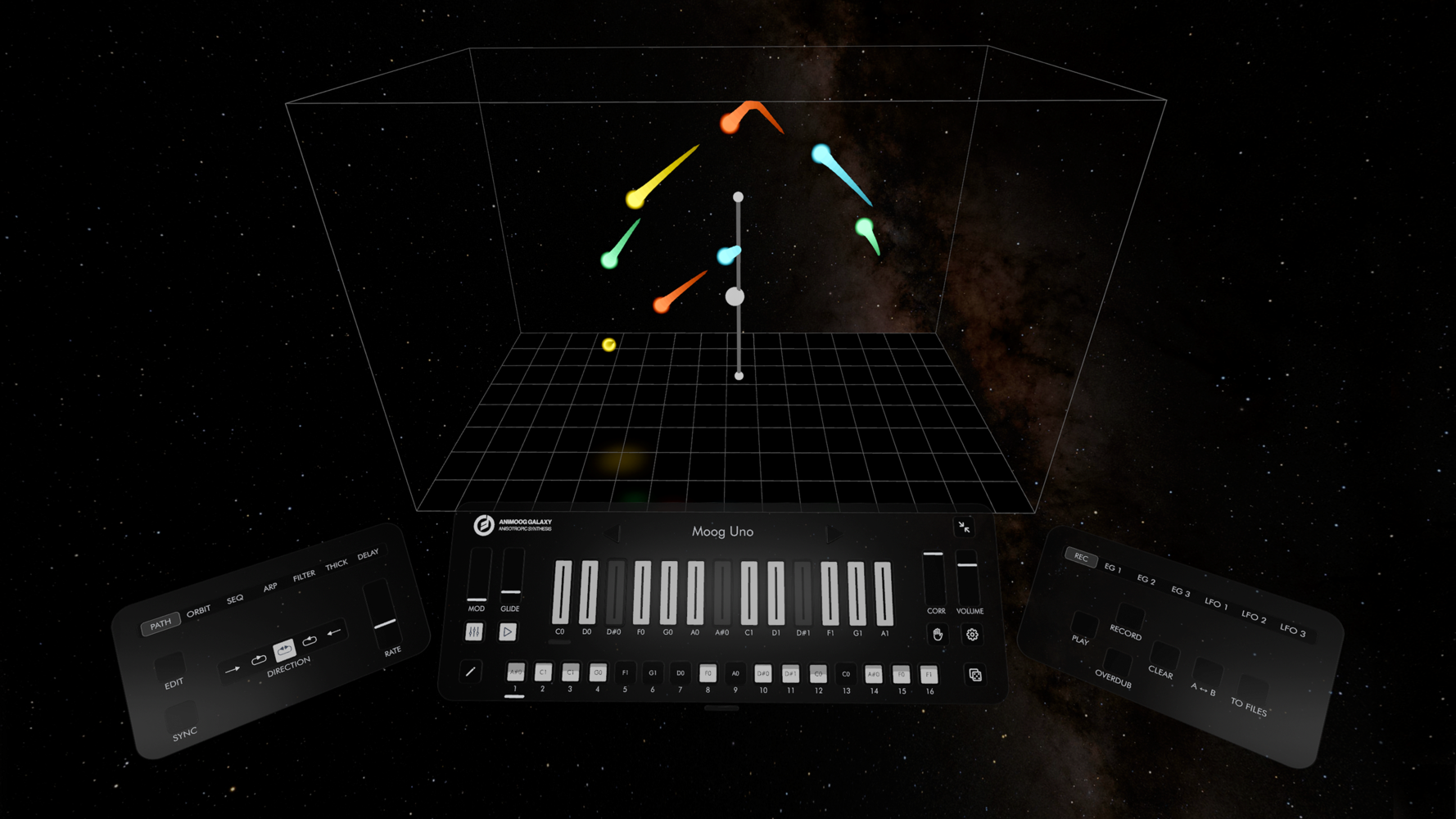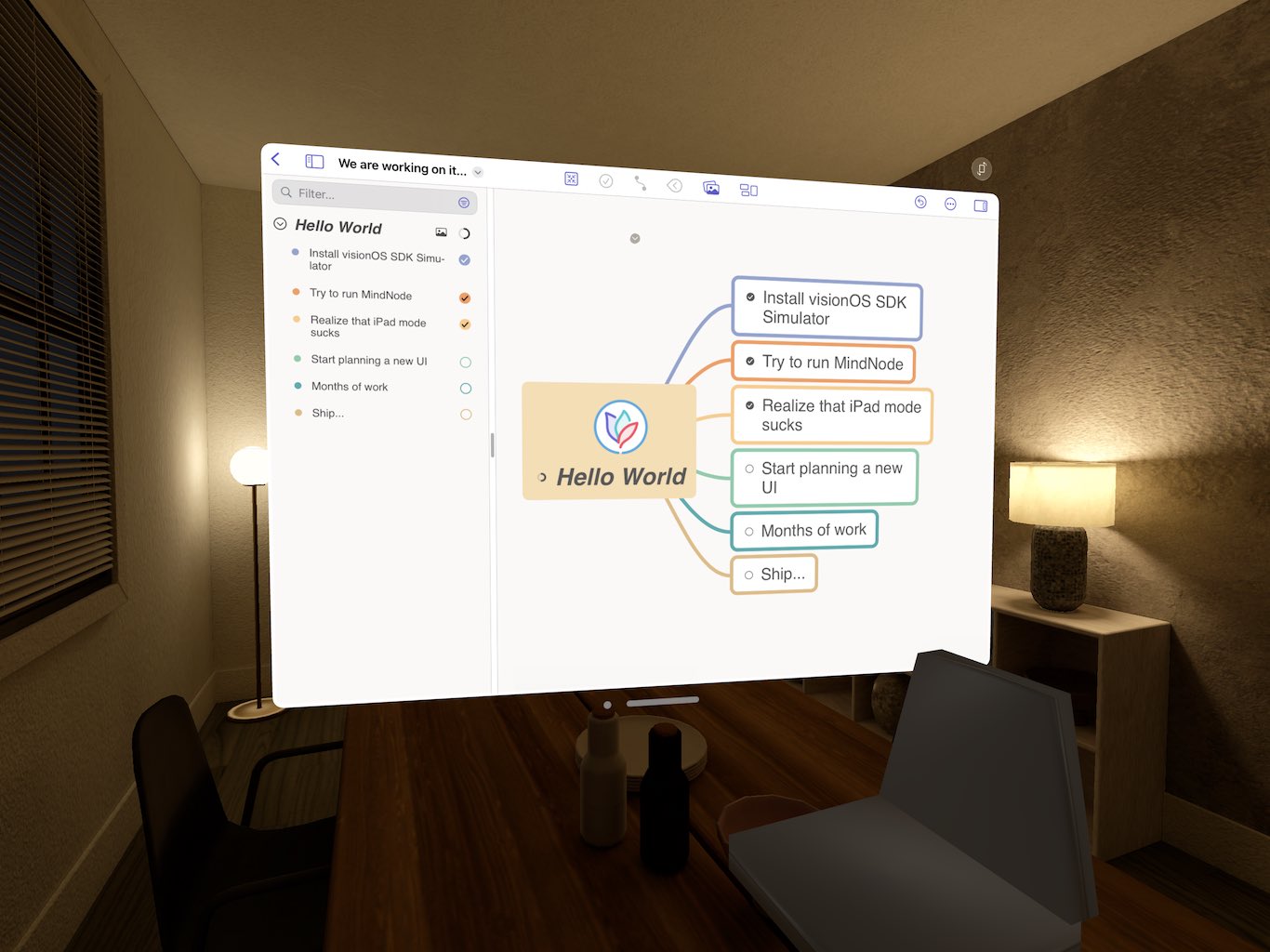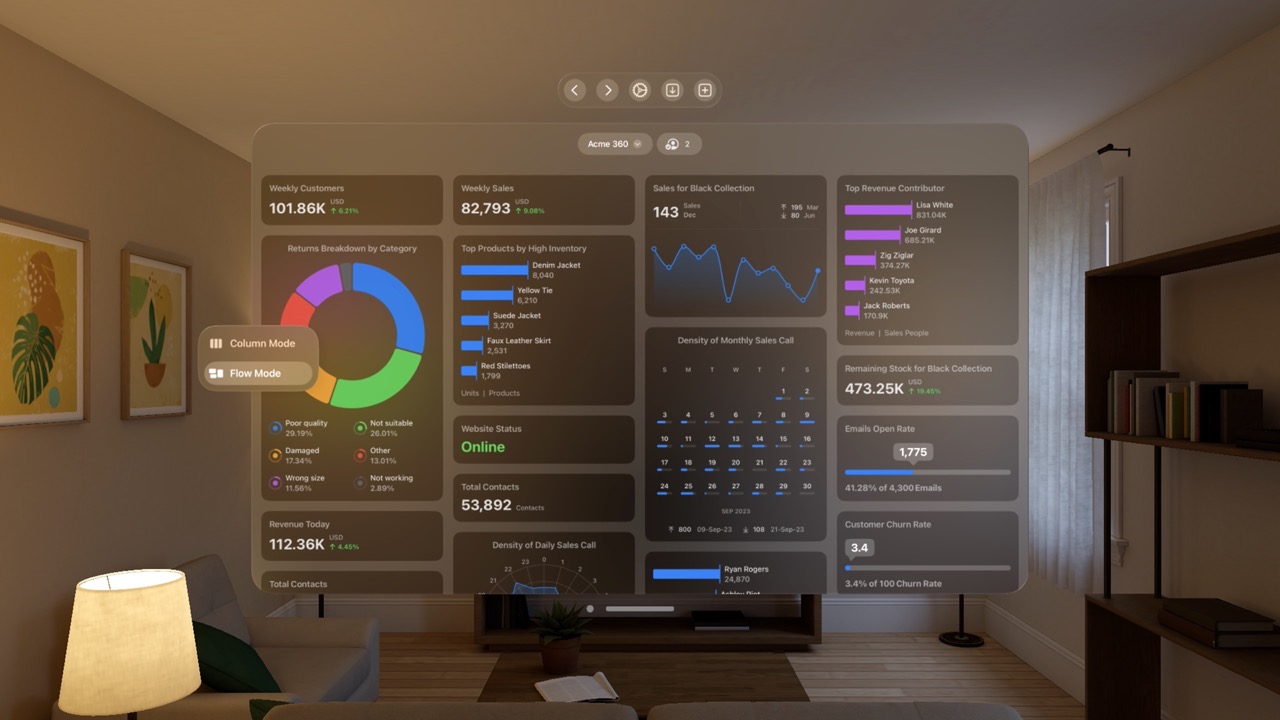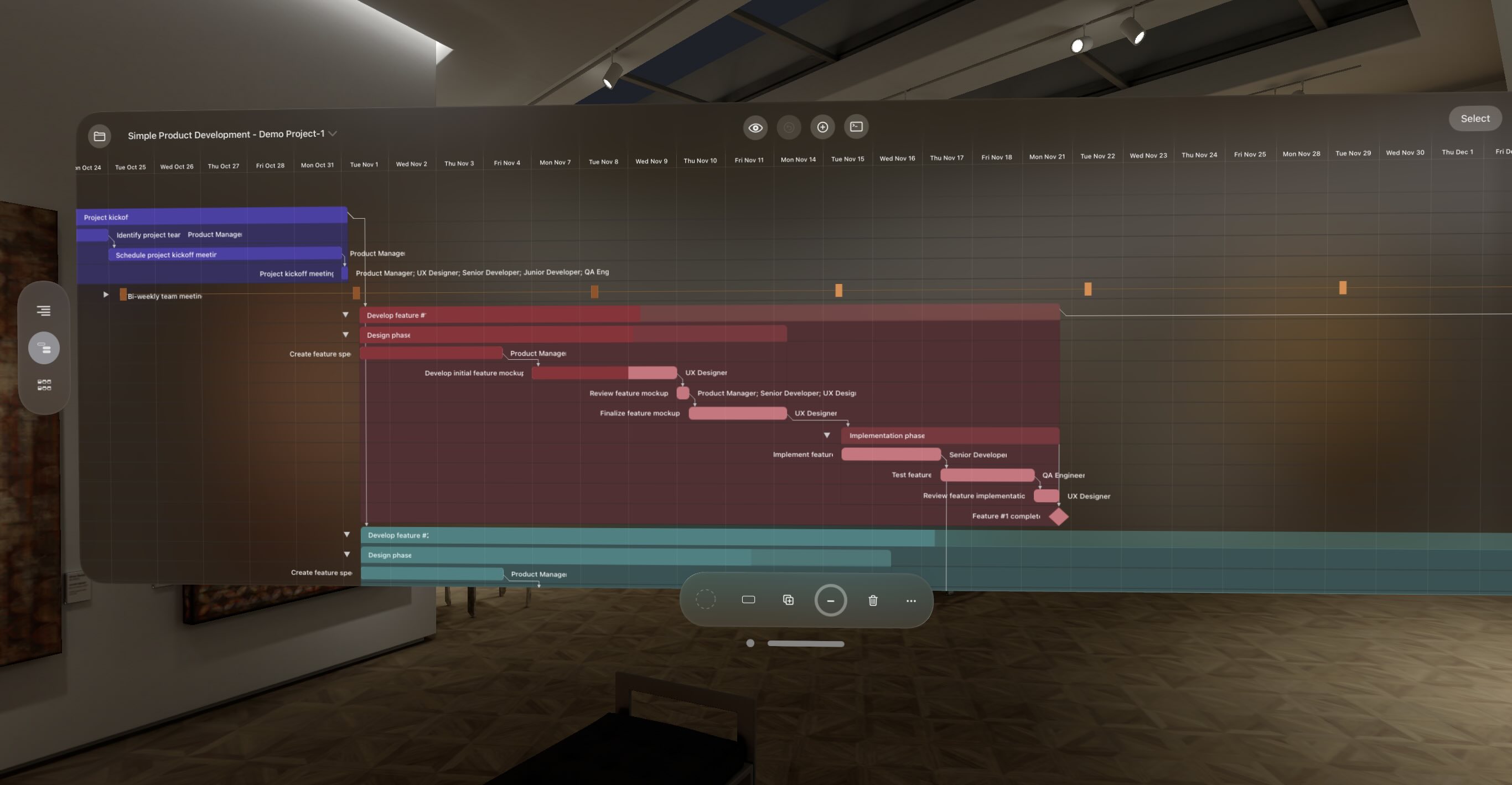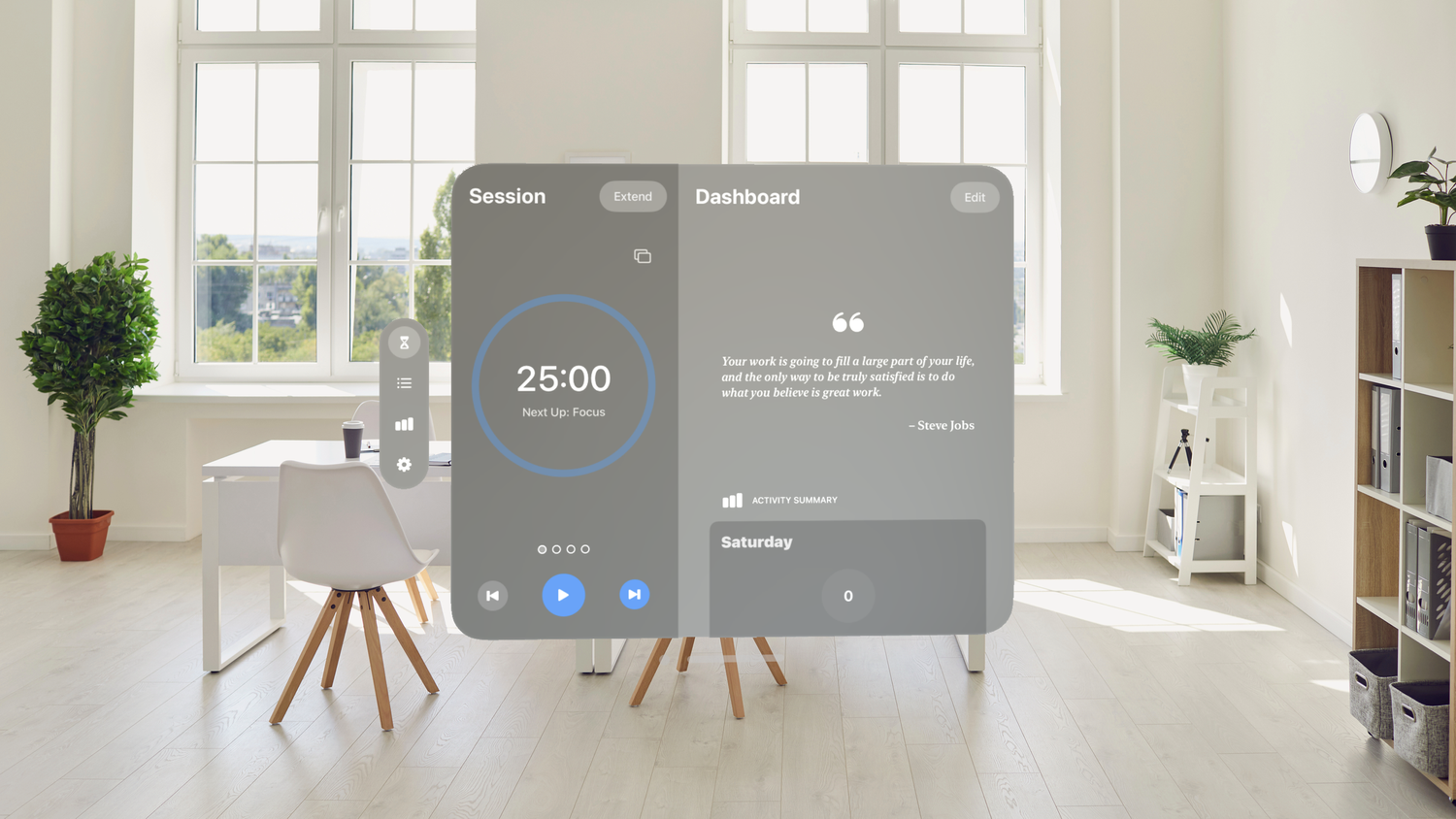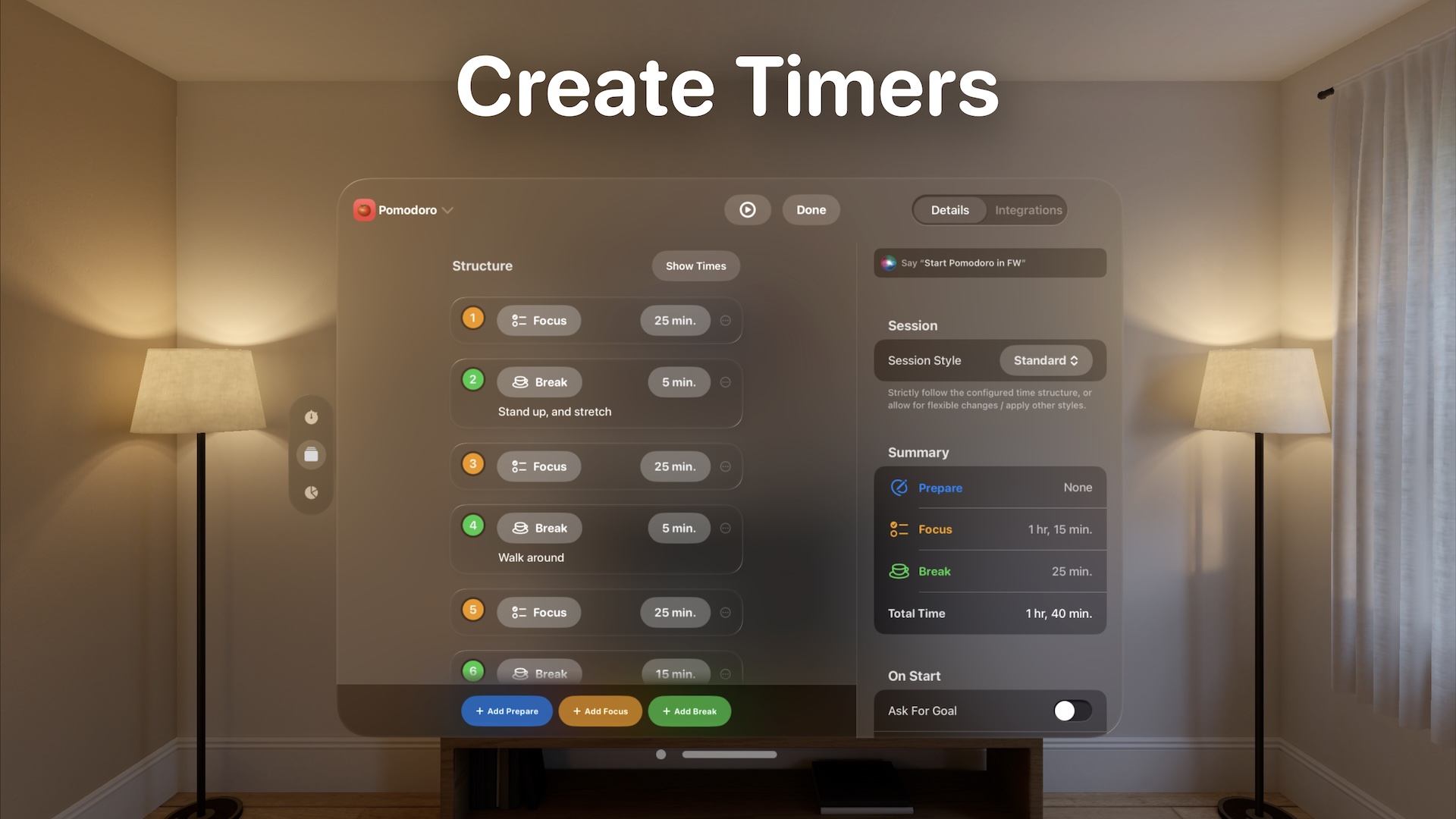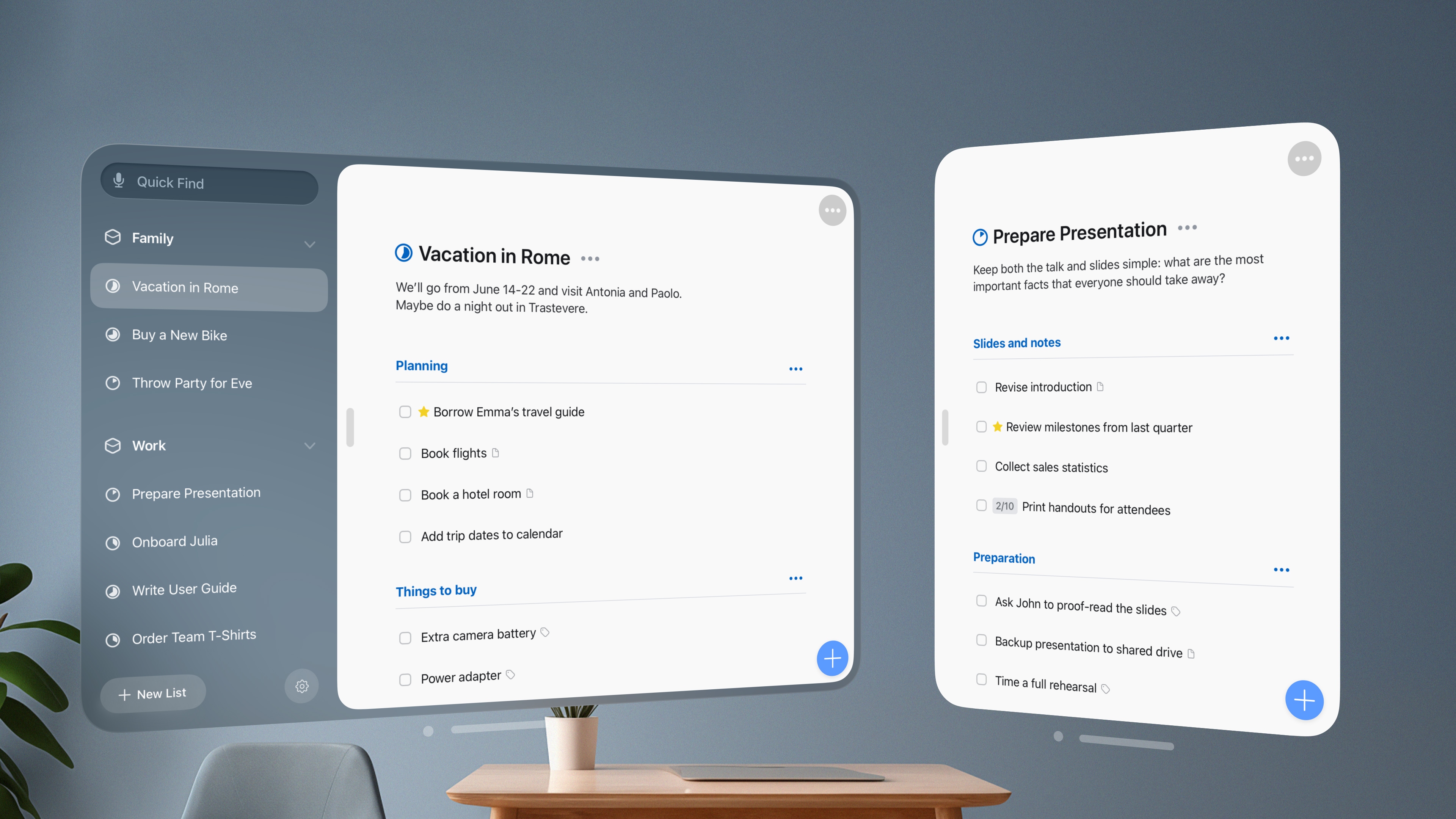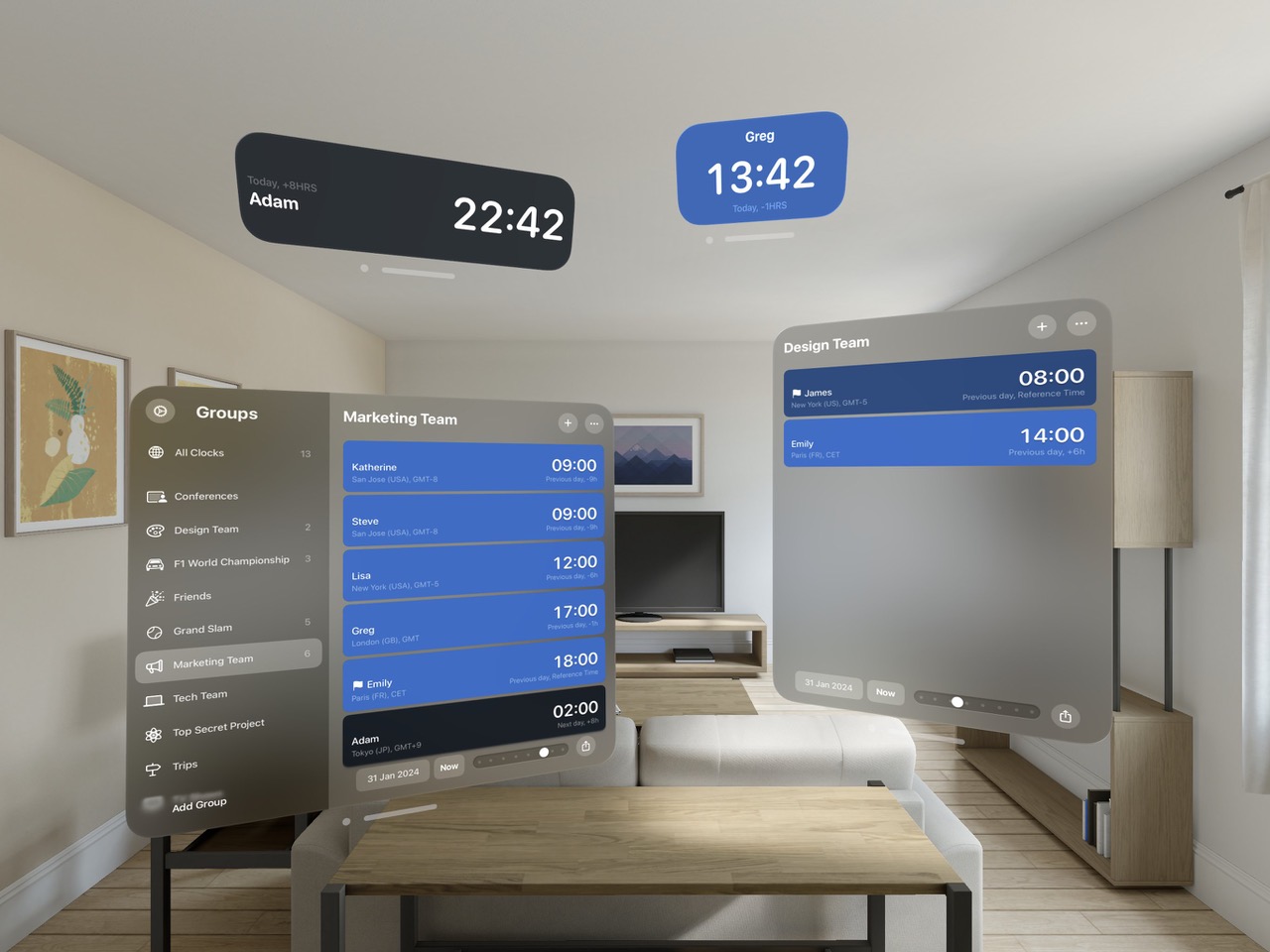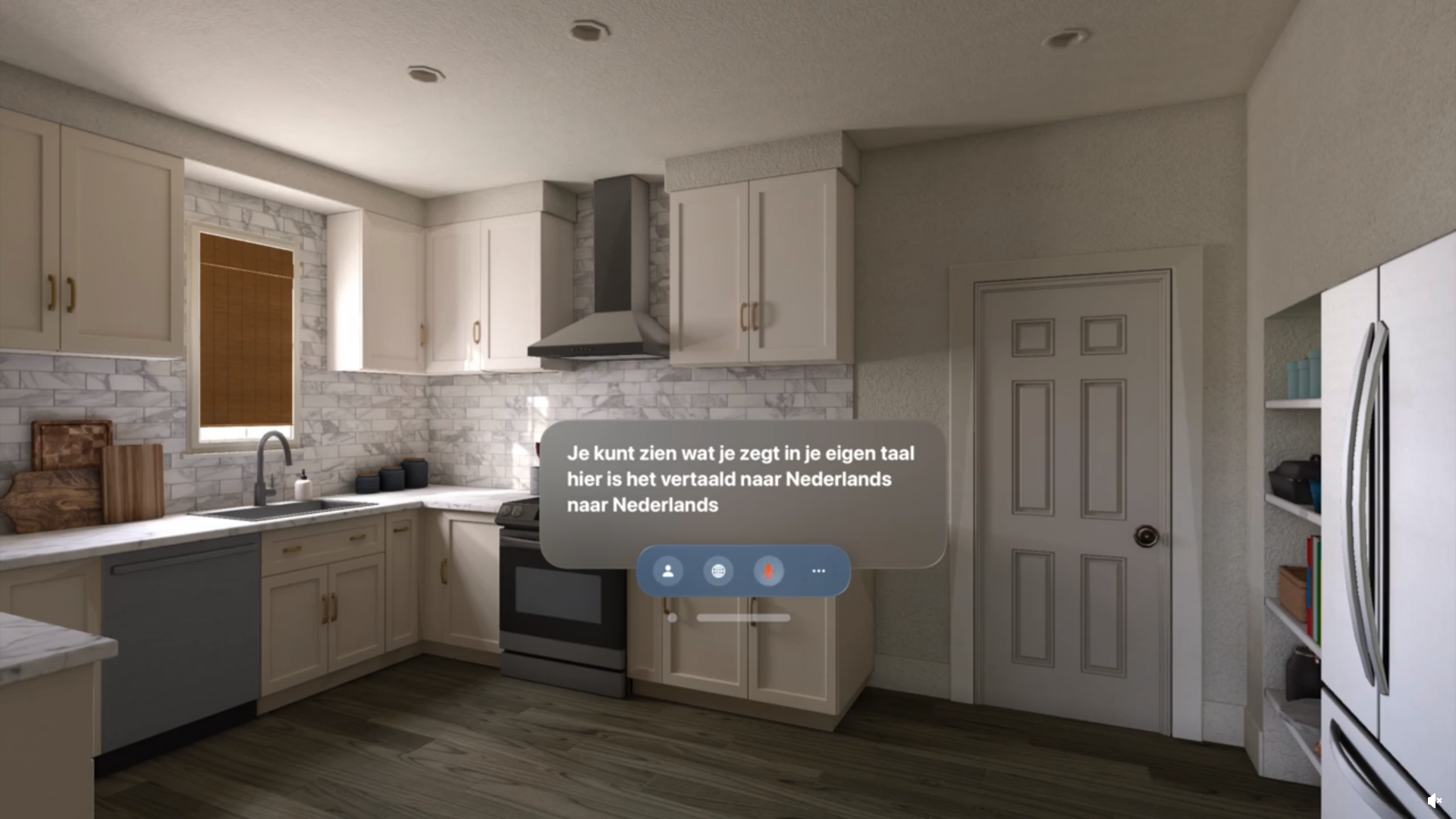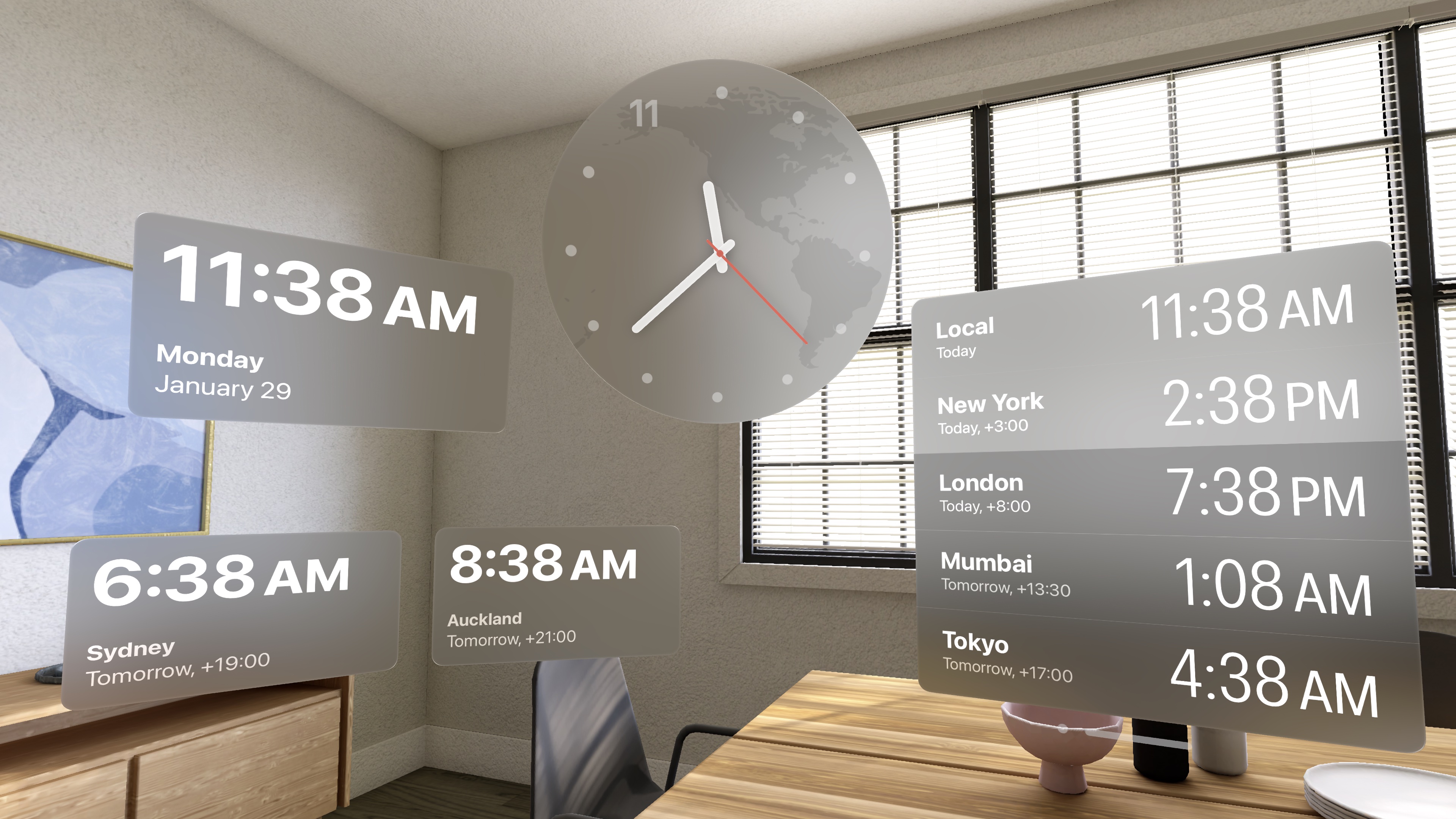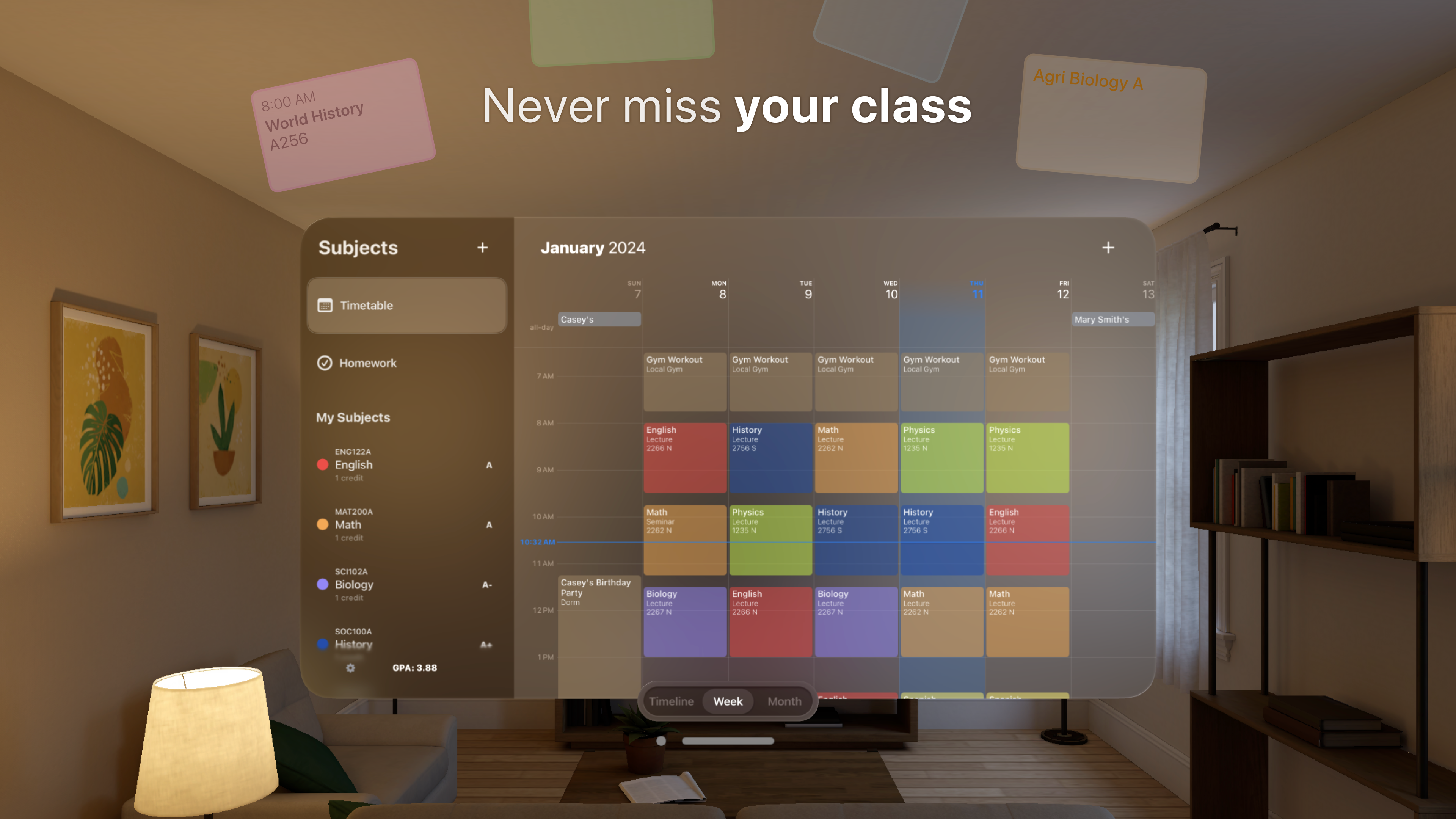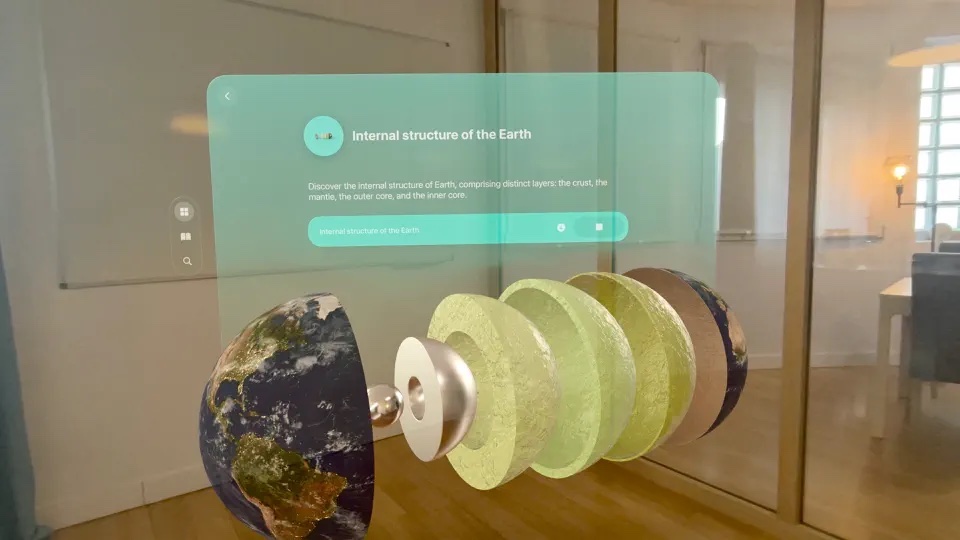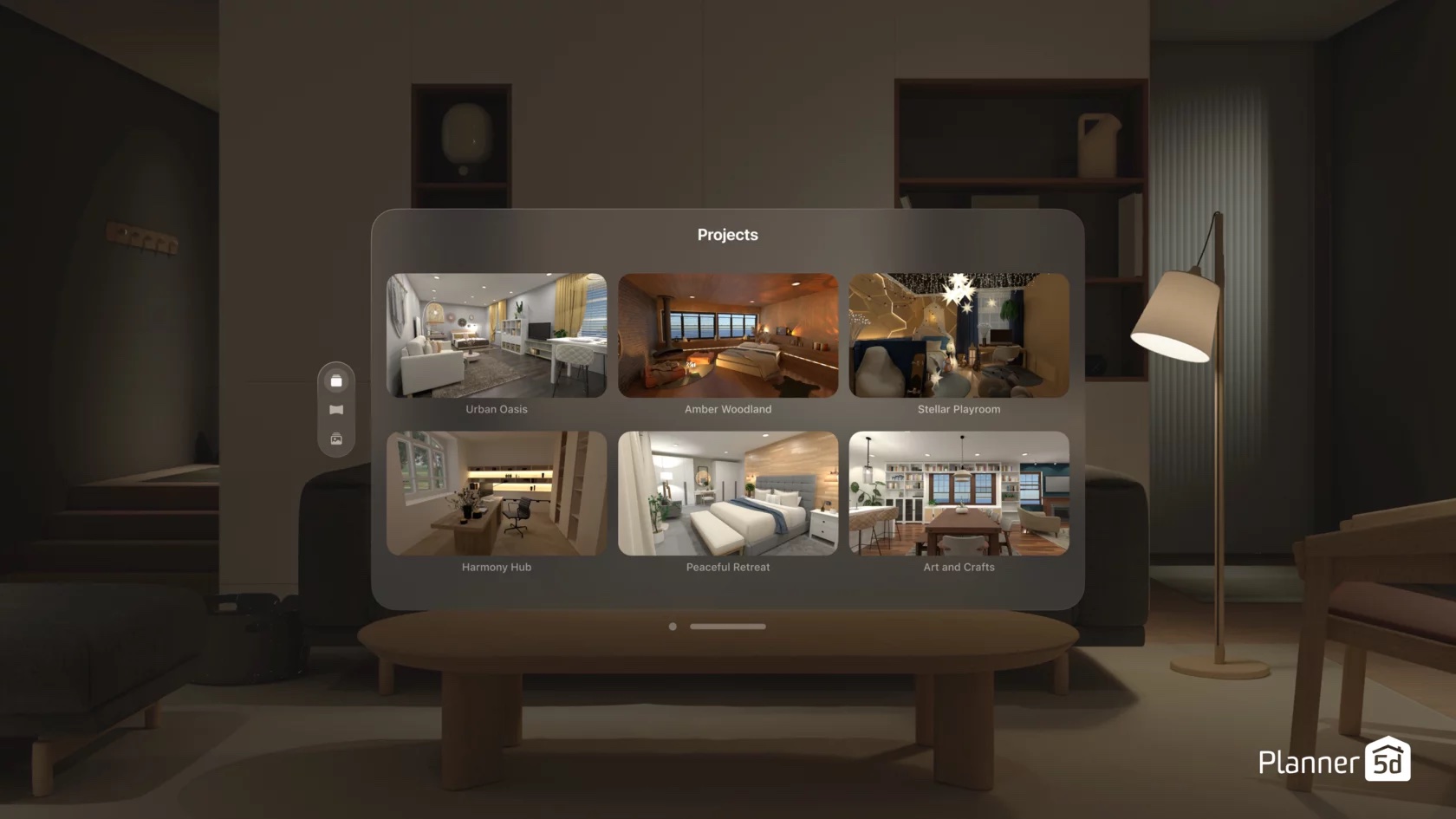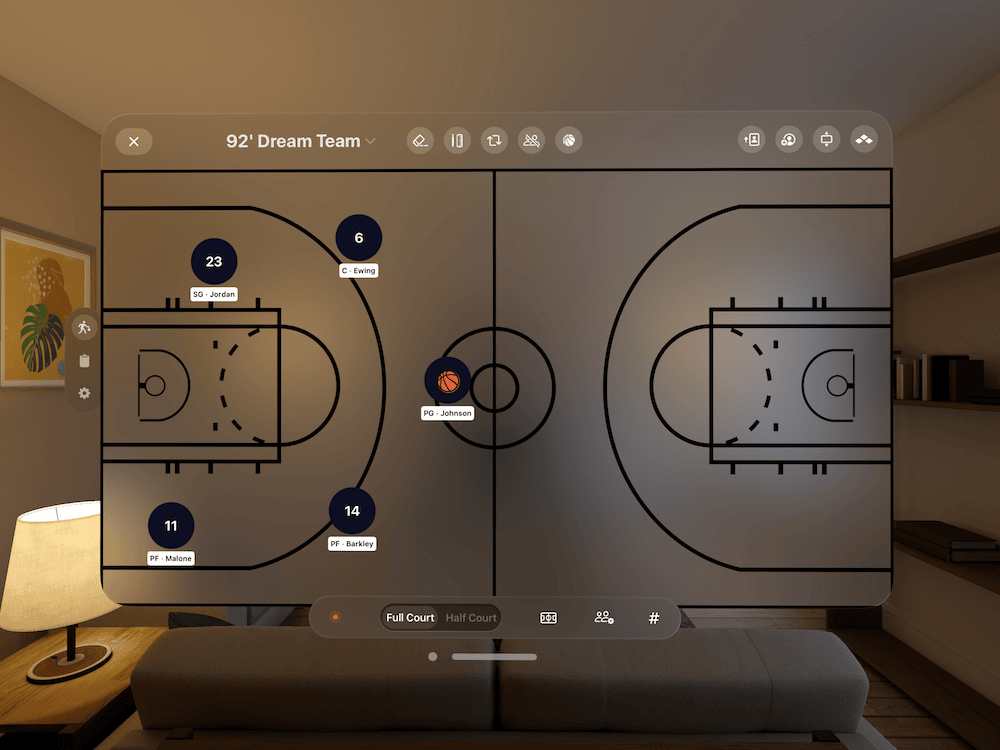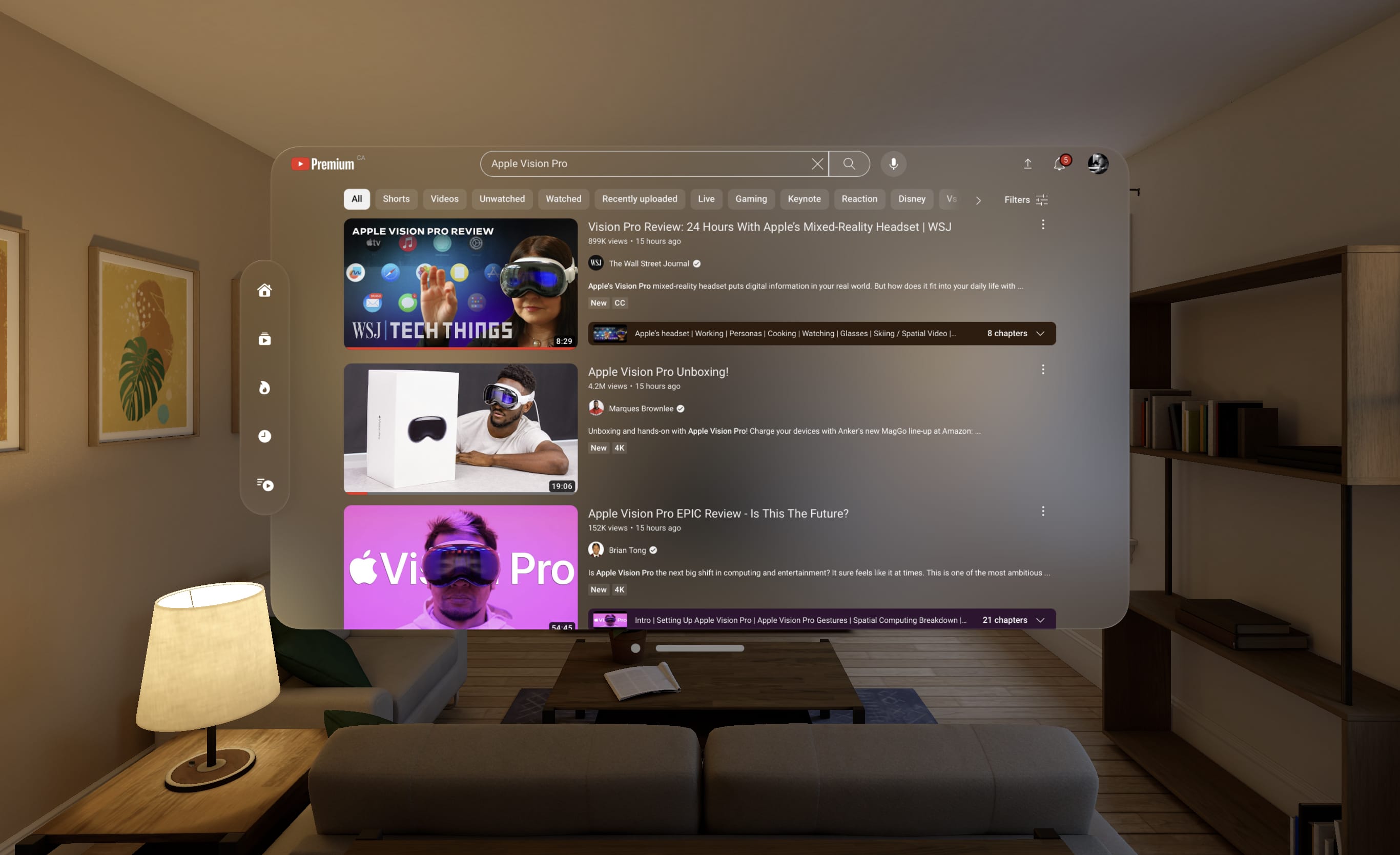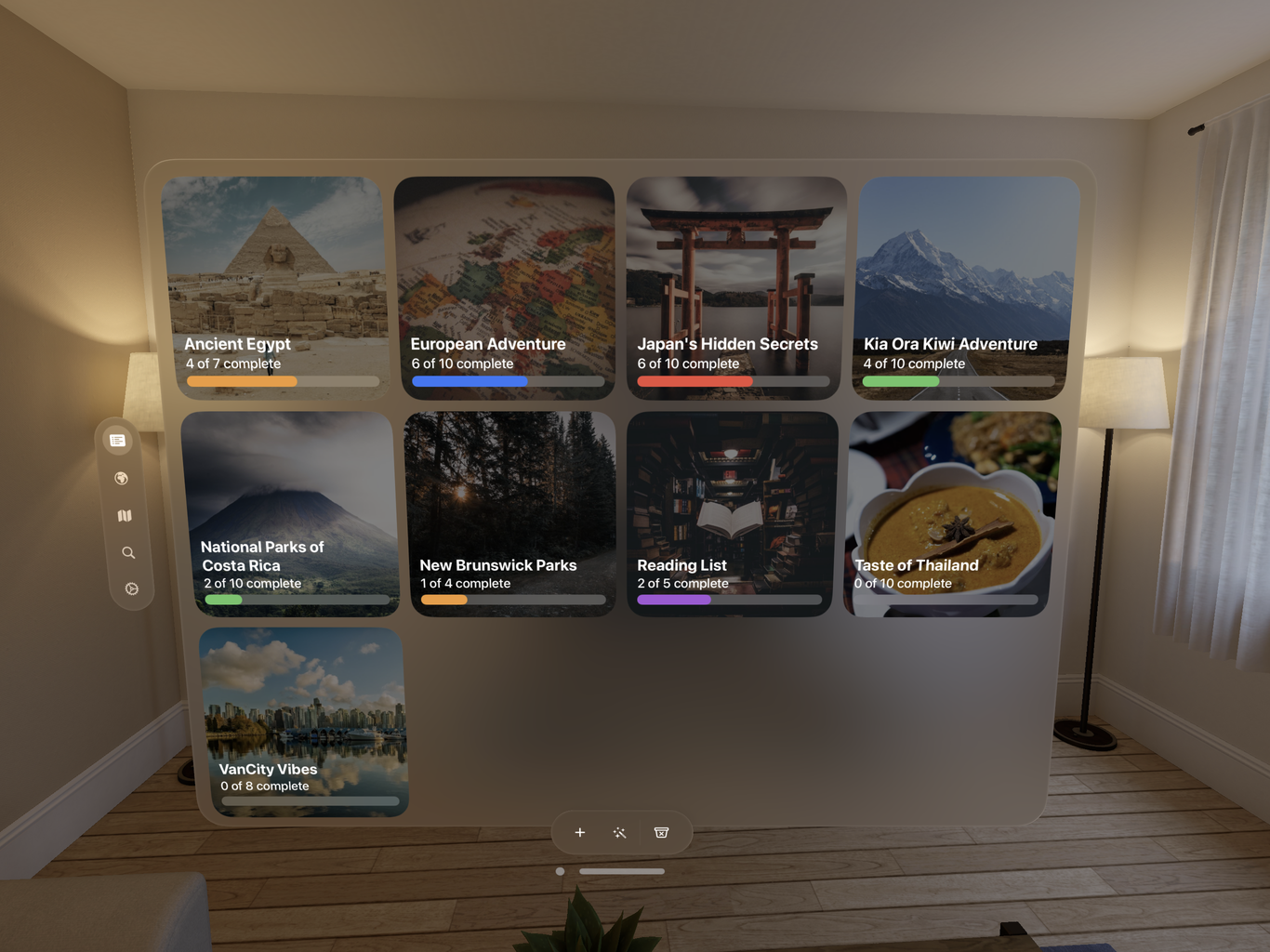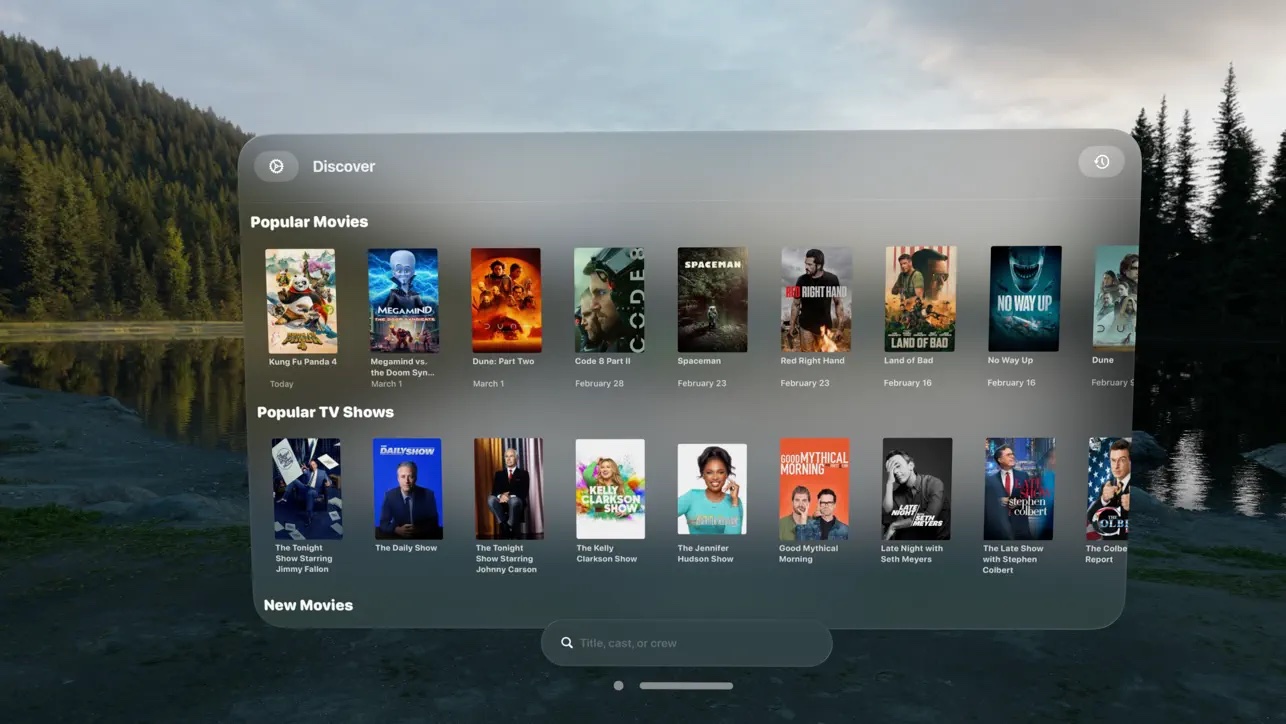
The South Korean startup ecosystem has grown over the last decade as major tech firms and venture capital from the West has sought to make inroads in the country. No surprise there: South Korea has long been one of Asia’s strongest economies. Startups here have enjoyed good access to funding, benefiting from Big Tech companies like Google, Meta, Qualcomm and Samsung setting up operations locally, as well as from dedicated venture arms. It also helps that the Korean government has spurred investment by setting up innovation hubs, incubators and accelerators.
Today, South Korea ranks ninth on the list of countries with the highest number of unicorns, per Statista, and its capital city, Seoul, is considered one of the top destinations to build a tech startup.
But like elsewhere in the world, startups here have not been immune to economic turmoil — tech firms have been cutting costs and laying people off to make the most of a diminished funding environment, startup valuations have dipped, and growth-stage funding has proved hard to come by. Asian startups in general have struggled to raise capital since the market turned in early 2022, and in 2023, venture capital investments in South Korea dipped to around 5.4 trillion KRW ($4 billion) from 6.8 trillion KRW ($5.1 billion) a year earlier, according to Statista.
It seems that 2024 will prove to be a pivotal year for many startups in the country, especially as some big names intend to go public either domestically or in the U.S. Here’s a list of the top startups to look out for:
Yanolja
Founder: Su-jin LeeTotal funding raised: $1.95 billionKey investors: SoftBank Vision Fund, GIC, Booking, SkyLake InvestmentRevenue in 2023: $578 million (766.7 billion KRW)
A travel booking platform founded in 2005 by Su-jin Lee, Yanolja is best known for revisiting and pivoting the concept behind love hotels in Korea — turning them from places known best for amorous assignations (rented for as little as one hour) into attractive short-term rental options for hip young people and travelers. Today, it has operations in more than 200 countries.
The startup joined the unicorn club in June 2019 with a $180 million Series D round led by Singapore’s sovereign fund, GIC and Booking. And in 2021, SoftBank Vision Fund II invested about $1.7 billion in a Series E that valued the startup between $7 billion and $9 billion.
Earlier this year, Yanolja set up a subsidiary in Manhattan, Yanolja US, to speed up its move toward a Nasdaq listing. Last December, the company hired Alexandre Ibrahim, who had a stint at the New York Stock Exchange, as its new chief financial officer. Yanolja is reportedly preparing to raise $400 million in its initial public offering in the U.S., which could value the company between $7 billion and $9 billion.
However, Singaporean e-commerce platform Qoo10’s liquidity crisis has emerged as an important variable in Yanolja’s listing on the Nasdaq. Yanolja sold Interpark Commerce to Qoo10 in April 2023 and was promised to be paid $127.8 million in installments by 2026, but Yanolja has not yet received the remaining amount.
Viva Republica (Toss)
Founder: Seung-gun LeeTotal funding raised: $1.34 billionKey investors: Alkeon Capital, Altos Ventures, Aspex Management, Bond Capital, Goodwater Capital, GIC, Greyhound Capital, Kleiner Perkins, Korea Development Bank, PayPal, Qualcomm Ventures, Ribbit Capital, Sequoia ChinaRevenue in 2023: $994.1 million (1.37 trillion KRW)
Seung-gun Lee, a former dentist, founded Viva Republica in 2015, the company behind the finance super app Toss, because he was fed up with the complexity of South Korea’s online payment systems. Lee was apparently not the only one tired of jumping through hoops to make payments, and his app quickly took off. Three years later, Viva Republica hit unicorn status after raising $80 million. The company was last valued at about $7 billion (9.1 billion KRW) in December 2022 after a $405 million Series G round. Today, Toss has more than 19 million monthly active users.
Earlier this year, Viva Republica hired advisers to go public next year in South Korea. It posted revenue of $994.1 million (1.37 trillion KRW) in 2023, and the company said it is likely to reach profitability this year.
Kurly
Founder: Sophie KimTotal funding raised: $761 millionKey investors: Anchor Equity Partners, Aspex Management, CJ Logistics, DST Global, Hillhouse, Hugh Ventures, Mirae Asset Venture Investment, Sequoia Capital China, SK Networks, Translink Capital Revenue in 2023: $1.5 billion (2.07 trillion KRW)
Kurly has harbored dreams of an IPO for years, but it may finally be able to resume its listing plan.
Riding high on pandemic-driven tailwinds, the grocery delivery service initially planned to list in the U.S. in 2021. But then it shelved those plans in favor of an IPO in Seoul in 2023. Those plans ended up getting shelved, too, after the IPO window failed to reopen fully in 2023.
The company last year started diversifying its offerings, selling everything from high-end cosmetics to personal care products and supplements as it sought to bolster its revenue and gross merchandise volume ahead of its IPO.
But an IPO may be on the cards soon: Kurly recorded its first profitable month in December 2023, marking a significant milestone since its establishment in 2015. The company has long expressed its intention to pursue a listing after becoming EBITDA-positive.
Kurly was last valued at around $3.3 billion when it raised a $210 million pre-IPO round in December 2021, but reports suggest the company’s price tag has since shrunk to $669 million.
Dunamu
Founder: Hyoung Kim and Chi-hyeong SongTotal funding raised: $522 million Key investors: Anchor Equity Partners, Altos Ventures Management, Hana Financial Group, Hanwha, Stonebridge Capital, Woori Technology InvestmentRevenue in 2023: $751 million (1.02 trillion KRW)
Dunamu, the operator of Seoul-based cryptocurrency exchange Upbit, started as a stock trading service in 2012 and launched a crypto exchange in 2017. And in 2021, it became the first company to acquire a virtual asset service provider (VASP) license in South Korea.
Currently South Korea’s largest cryptocurrency exchange operator, Dunamu briefly enjoyed a juicy valuation of about $17 billion in 2022, when the crypto industry was still riding high. But as the hype around crypto faded in 2023 following the collapse of Luna and FTX, the company’s value similarly plummeted to $2.2 billion.
Dunamu saw an uptick in profit in the previous year, stemming from the recovery of cryptocurrencies like Bitcoin. This resulted in a net profit of approximately $594 million in 2023, reflecting a 515.4% increase from the previous year. Nevertheless, the company has encountered obstacles in diversifying its revenue sources and managing losses within its subsidiaries. Dunamu is reportedly aiming to go public on the Nasdaq.
Musinsa
Founder: Man-ho ChoTotal funding raised: $330 million (~ 430 billion KRW)Key investors: IMM Investment, KKR, Sequoia Capital and Wellington ManagementRevenue in 2023: $662.5 million (883 billion KRW)
Along with its Kakao’s fashion platform Zigzag, Korean retail giant Shinsegae’s W Concept, and Naver-backed Brandi, Seoul-based fashion marketplace Musinsa is one of the biggest and most popular fashion marketplaces in South Korea. It offers more than 8,000 local and foreign fashion brands spanning diverse categories, including casual, sports and luxury to 13 million users.
The startup claims its annual GMV crossed $2.35 billion (3 trillion KRW) in 2022 and that its revenue hit $662.5 million in 2022.
The company is reportedly in talks with investment banks to run its initial public offering in South Korea in 2025. Founded in 2012 by CEO Man-ho Cho, the Korean fashion platform raised a $190 million Series C round led by KKR that valued it at approximately $2.76 billion in July 2023.
Danggeun Market
Co-Founders: Gary Kim, Paul KimTotal funding raised: $205 millionKey investors: Altos Ventures, Aspex Management, Capstone Partners, DST Global, Goodwater Capital, Kakao Ventures, Reverent Partners, SBVA and Strong VenturesRevenue in 2023: $96.3 million
Founded in 2015 by Gary Kim and Paul Kim, Danggeun Market runs Karrot, the hyperlocal marketplace app for owned goods. The platform has operations in South Korea, Canada, the U.K., the U.S. and Japan, and raised $162 million in a Series D round at a valuation of $2.7 billion in 2021.
The company posted its first profit in 2023 on the back of strong user growth in the U.S. and Canada. The company has since been expected to go public, but its CEO Gary Kim said in May that the company would consider an IPO after building a stronger financial base.
Bucketplace (O!House)
Founder: Seungjae LeeTotal funding raised: $261 millionKey investors: BRV Capital Management, Capstone Partners Korea, Industrial Bank of Korea, KB Investment and KB Investment & SecuritiesRevenue in 2023: $181 million
Founded in 2016, Bucketplace‘s home decorating and interior app OHouse started off simply as a community of people sharing interior design content. Today, the company is offering a variety of services that encompass almost everything involved in the residential space, ranging from home improvement, home repairs and maintenance to furniture delivery, moving services and even a garbage can pickup service.
The company last raised a $182 million Series D round at a valuation of $1.4 billion in 2022. It recently turned down an investment from China-based e-commerce giant Alibaba, according to local media reports.
Bucketplace’s business model is similar to Houzz, a California-based home remodeling software platform that’s preparing to go public as early as this year.
Moloco
Founder: Ikkjin Ahn, David Sehyuk ParkTotal funding raised: $200 millionKey investors: DAOL Ventures, Draper Athena, EDBI, Fidelity Management & Research Company, Mirae Asset, Samsung Ventures, Smilegate Investment, Tiger Global ManagementRevenue in 2023: $300 million
Moloco, an adtech startup that uses machine learning tech to build mobile campaigns, serves mobile app developers in a wide range of industries, like gaming, social networking, e-commerce, ride-sharing, food delivery and fintech, helping them turn their first-party user data into marketing, monetization and user acquisition campaigns.
The company was valued at more than $2 billion after EDBI, a Singapore-based private equity and venture capital arm of the Singapore Economic Development Board, acquired shares in the company from another investor.
The company had last raised $150 million in a Series C round led by Tiger Global Management at a valuation of $1.5 billion in 2021.
Moloco intends to pursue a public listing on the Nasdaq and is currently assessing the appropriate timing for its initial public offering, CEO Ikkjin Ahn said during a press conference in Seoul in December 2023.
ZigBang
Founder: SungWoo AhnTotal funding raised: $248 million Key investors: Altos Ventures, BlueRun Ventures, Goldman Sachs Investment Partners, Korea Development Bank, Hana Financial Group, and IMM Investment Revenue in 2023: $97 million
ZigBang, a South Korean proptech startup, raised approximately $77 million (100 billion KRW) in Series E funding at a valuation of about $1.8 billion (2.5 trillion KRW) as its pre-IPO investment from the Korea Development Bank, IMM Investment and Hana Securities in 2022. It acquired a smart home business from Samsung SDS in January 2022 before getting Series E funding to enter the smart home industry.
The Seoul-based real estate platform has been in the red for three years in a row, which is in line with the state of the real estate market in the country.
Korea Credit Data
Founder: Kelvin Dong-ho Kim, Seong-ho LeeTotal funding raised: $196 millionKey investors: D-Camp, Fiserv, GS Holdings, Hanwha Life, Kakao, KB Securities, Kclavis, KT Investment, LG Uplus, Morgan Stanley Tactical Value, QUAD, Pavilion Capital, Playmake Ventures, Samsung Fire & Marine Insurance Revenue in 2023: $103 million
Founded in 2016, Korea Credit Data (KCD) is a Seoul-based fintech startup that offers an array of services for 2 million small- and medium-sized enterprises (SMEs) merchants in Korea. KCD launched its flagship service, Cashnote, a bookkeeping app for SMEs, in 2017 to enable SME owners to track a comprehensive overview of cashflow, including revenues, credit card sales, expenditures, sales ledgers, and policy information.
The startup raised $77 million (100 billion KRW) in funding at a valuation of approximately $1 billion (~1.3 trillion KRW) from investment funds managed by Morgan Stanley Tactical Value in August 2023. KCD is reportedly planning to go public in 2025.






